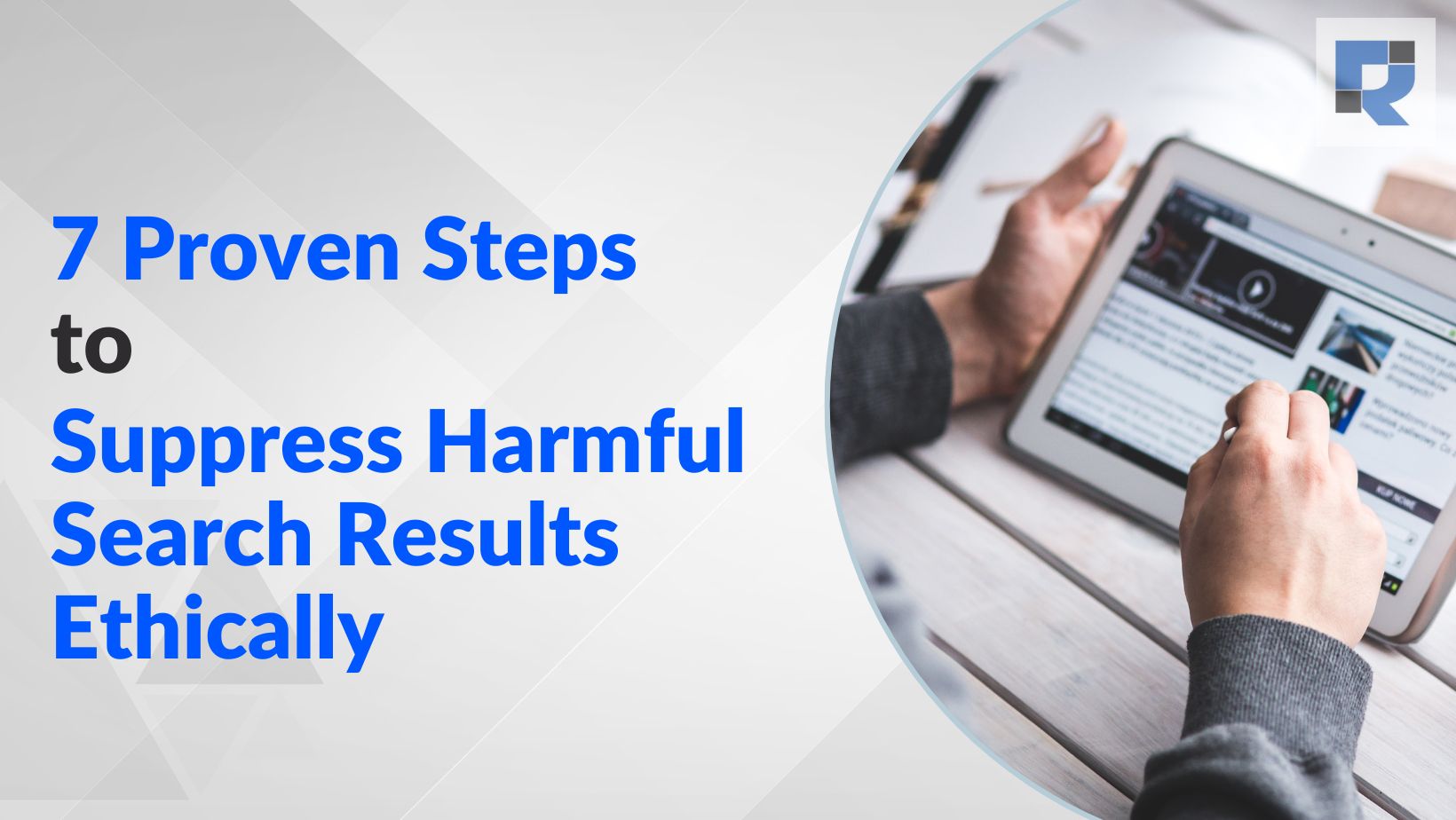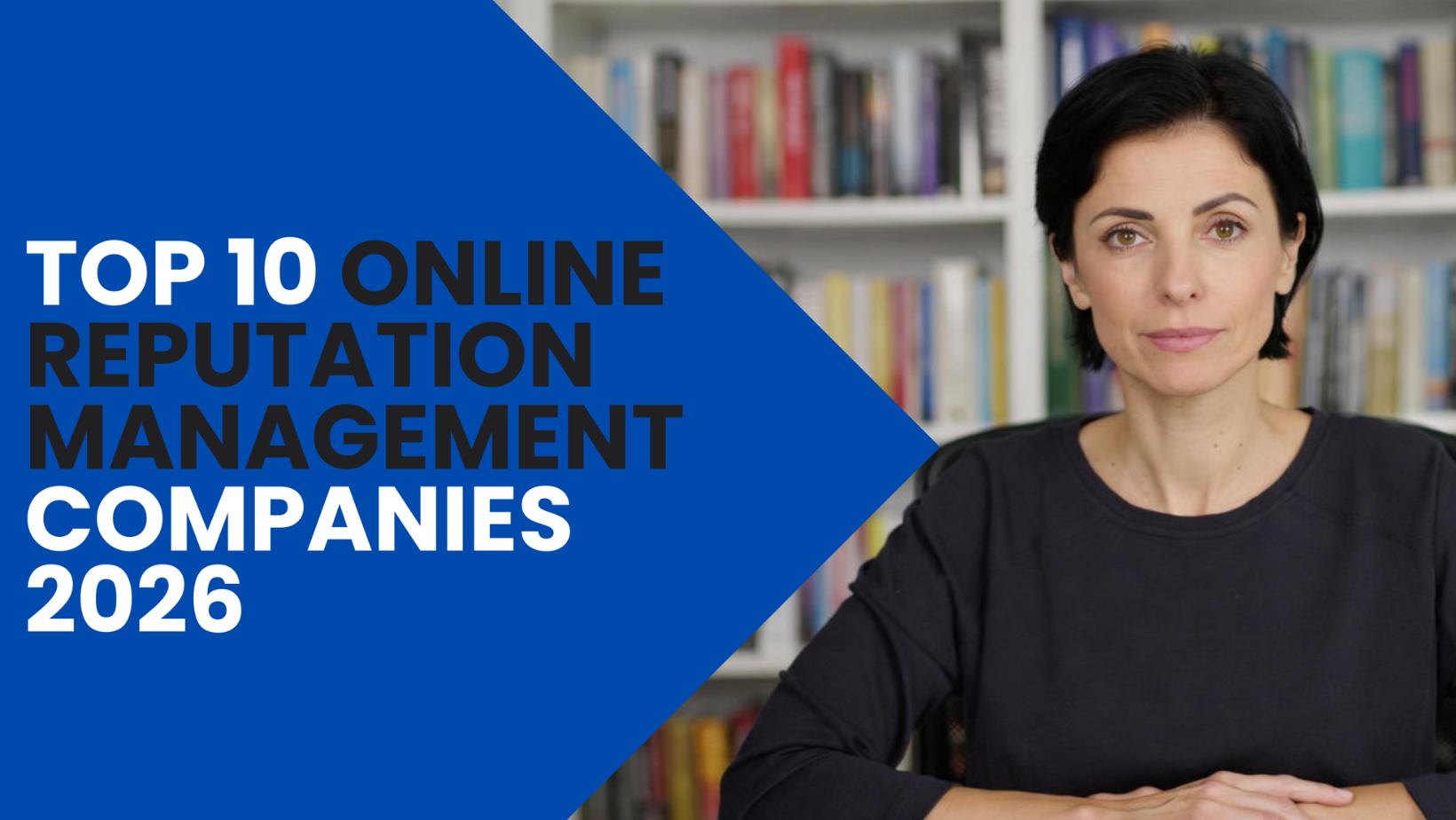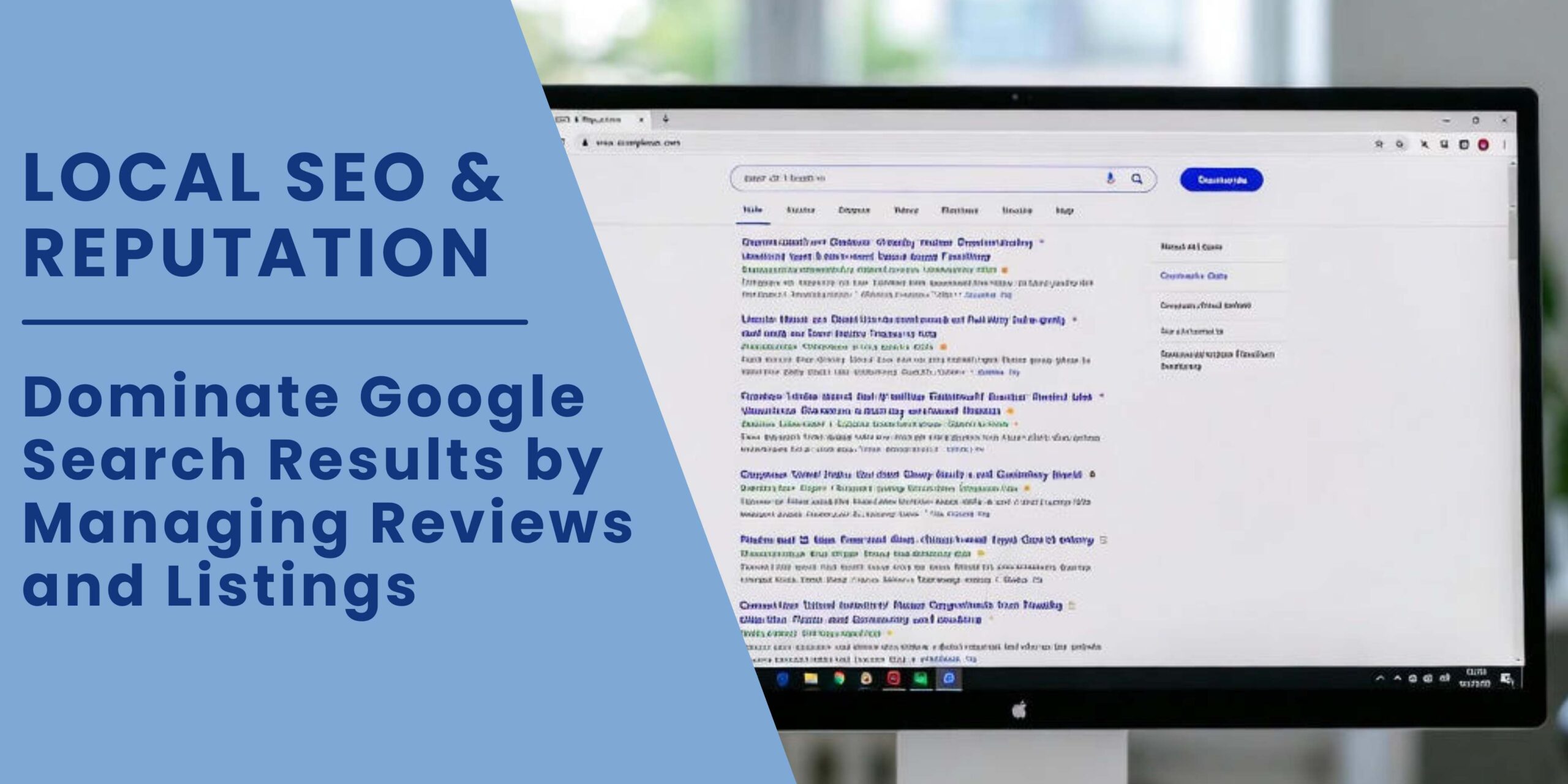Social media marketing has become an indispensable channel for businesses of all sizes and industries. Creating a well-thought-out social media marketing strategy is not just about posting regularly, but about creating meaningful connections, building a strong brand presence, and driving tangible business results. This guide will helps you with everything you need to know to develop effective social media marketing strategies in 2026, packed with the latest industry insights, actionable steps, and practical tips. Whether you are a beginner or looking to refine your existing strategy, this comprehensive guide will help you engage your audience, enhance your reputation, and grow your business through social media.
Table of Contents
- Importance of Digital Marketing
- Social Media Statistics for 2026
- Social Media Trends to Follow in 2026
- Step #1: Create & Optimize Social Media Profiles
- Step #2: Industry & Market Research
- Step #3: Plan Your Social Media Strategy
- Step #4: Create an Editorial Calendar
- Step #5: Tailor Content for Each Social Platform
- Step #6: Hashtag Marketing
- Step #7: Boost Initial Engagement
- Step #8: Use Analytics and Insights
- Step #9: Prioritize Branding and Education Over Promotion
- Step #10: Essential Tools for Social Media Marketing
- Conclusion
- FAQs
Importance of Digital Marketing for Business Promotion and Reputation
Digital marketing plays a vital role in promoting businesses online by enhancing brand awareness, attracting potential customers, and building lasting relationships. Unlike traditional marketing channels, digital marketing enables precise targeting and two-way communication, allowing brands to engage with their audience directly and personally. Effective digital marketing helps create a positive brand reputation, increases visibility across search engines and social platforms, and drives sales and loyalty. In 2026, as online presence becomes critical, digital marketing — especially social media — is the cornerstone for businesses aiming to thrive in a competitive landscape. It allows businesses to showcase their products, share their values, gather feedback, and stay relevant in fast-moving markets.
Social Media Statistics for 2025
Social media continues to be a dominant force in shaping consumer behavior and business growth in 2025, with over 5.4 billion users worldwide engaging daily across multiple platforms. People spend an average of around 141 minutes per day on social media, demonstrating its critical role in capturing consumer attention.
- Clicks and Engagement: Social media ads generate a click-through rate (CTR) of approximately 0.9% to 1.21%, with an average cost per click (CPC) around $1.86. This means businesses can attract significant traffic directly from their social media campaigns, making these platforms powerful drivers of website visits and conversions.
- Trust and Brand Influence: Around 72% of consumers trust brands endorsed by social media influencers, and 76% of people report purchasing products after seeing them advertised on social media. This trust translates directly into buying decisions, with 41% of small businesses depending on social media to generate revenue and 60% of B2C marketers affirming its role in boosting conversions.
- Business Impact and Advertising Spend: Social media advertising spend is projected to reach $276.7 billion globally in 2025, reflecting its importance as a core marketing channel. Most ad spend (83%) is expected to be on mobile devices, emphasizing the need for mobile-optimized content. Platforms like YouTube, Facebook, TikTok, and Instagram lead in user engagement and advertising reach, with TikTok alone projected to have nearly 1 billion users and a 2.5% engagement rate.
- Social Media as a Growth Engine: Approximately 77% of businesses leverage social media to connect with relevant audiences, and 87% of small business owners confirm that social media positively impacts their business. The rise of AI-driven content and social listening tools further enhances marketers’ ability to engage audiences efficiently and measure ROI, making social media an indispensable channel for brand growth and customer acquisition.
In short, social media in 2025 is not just a platform for interaction but a critical engine for driving clicks, building consumer trust, and generating tangible business growth.
Social Media Trends to Follow in 2026
Navigating emerging trends can give your brand a competitive edge:
- Generative AI Content: AI-powered tools assist in creating personalized, relevant content, increasing efficiency without losing authenticity.
- Social Audio: Live audio rooms and podcasts integrated into platforms are growing for community building and real-time engagement.
- Content Experimentation: Brands are trying new formats including AR/VR experiences and interactive stories.
- Social Listening: Deeper monitoring of brand mentions, customer sentiment, and competitor analysis is becoming standard.
- Authenticity and Purpose: Audiences favor brands showing genuine values, social responsibility, and transparent storytelling.
- Hybrid Commerce: Social commerce gains traction, enabling users to buy directly through social media.
- Video Dominance: Continued preference for video content, with heavier investment in short reels, tutorials, and behind-the-scenes clips.
Step #1: Create & Optimize Social Media Profiles
Your social media profiles are your brand’s storefront and often the first point of contact with potential customers. To create a strong and consistent brand presence:
- Set up profiles on key platforms: Facebook, LinkedIn, Instagram, X (Twitter), YouTube, and Pinterest are essential. Each platform has its own audience and content style, so presence across multiple channels maximizes reach.
- Use consistent usernames: Choose a username that matches your company name or domain across all platforms. This consistency makes it easier for users to find and recognize you.
- Brand visuals: Use the same logo as your profile photo and maintain consistent banners/cover images with required sizes tailored for each platform to maintain brand recognition.
- Complete and optimize profile information: Fill out all business details such as name, about/bio section with keyword-rich and audience-engaging copy, website URL, physical location, tagline, and contact info. Include calls-to-action in your bio where appropriate.
- Link social profiles to your website: Adding social icons/links on your website drives cross-traffic and boosts SEO. Likewise, having your site link prominently on profiles improves discovery.
- Audit and update regularly: Review your profiles every 30–60 days to ensure they reflect current branding, promotions, and audience targeting. Remove outdated info or visuals.
- Mobile-friendly presentation: Since most users access via mobile, ensure visuals are optimized for small screens and bios are succinct but informative.
Optimized, consistent, and complete social profiles help build trust, improve search discoverability, and create a professional first impression.
Step #2: Industry & Market Research
Effective social media marketing starts with deep understanding of your industry, target audience, and competitive landscape:
- Audience Insights: Research your audience’s demographics, preferences, interests, and social behaviors. Know what content formats and topics resonate most with them.
- Market Demand: Identify which geographic or niche markets have higher demand for your products or services. Use tools like Google Trends, social listening, and competitor analysis.
- Customer Needs and Pain Points: Understand what questions, problems, or desires your audience has before purchasing. This guides relevant, helpful content creation.
- Competitor Analysis: Analyze how competitors engage audiences, which content performs well, and identify gaps or opportunities your brand can capitalize on.
- Emotional Triggers: Discover what makes your customers happy or dissatisfied on social media to create empathetic and engaging messaging.
- Personalization: Research helps tailor your social media posts to be personal, relevant, and impactful, increasing engagement and conversions.
Thorough industry and market research forms the foundation of a targeted and successful social strategy.
Step #3: Plan Your Social Media Strategy
With your insights in hand, develop a strategic plan for your social media marketing:
- Apply the 80:20 Rule with Caution: While 20% of efforts often yield 80% of results, initially you must commit full effort across all tactics to identify which yield the best outcomes.
- Diversify Content Types: Plan a mix of informational, trending, news, promotional, interactive (polls/quizzes), video, tips, case studies, and client review content. This variety keeps audiences engaged and showcases brand authority from multiple angles.
- Set Clear Objectives: Define what you want to achieve–brand awareness, lead generation, customer support, etc.–to shape content and KPIs.
- Consider Platform Strengths: Align content types with platform performance—e.g., videos for YouTube, polls for Facebook/LinkedIn, visuals for Instagram and Pinterest.
- Allocate Resources and Budget: Plan sufficient time, tools, and possible paid efforts for content creation, management, and promotion.
- Define Posting Frequency and Cadence: Establish how often you will post on each platform to maintain visibility but avoid audience fatigue.
- Plan for Community Engagement: Strategize how to respond, interact, and foster a loyal audience.
A well-rounded and research-driven plan maximizes ROI and positions your brand for long-term social success.
Step #4: Create an Editorial Calendar
An editorial calendar is a key organizational tool to implement and track your social media plan effectively:
- Monthly Content Scheduling: Plan your posts by date, type, topic, and platform in advance to ensure diverse and timely content.
- Peak Day Promotions: Identify days of highest audience activity and schedule promotional or high-impact content then.
- Diverse Content Types: Rotate educational, interactive, and promotional posts to maintain interest and engagement.
- Tools: Use Google Sheets for simple manual planning or specialized platforms like Trello, Asana, or Buffer’s calendar feature for team collaboration and automation.
- Publishing Based on Performance: Use analytics feedback to tweak posting times, topics, and formats as needed.
- Include Special Events: Incorporate holidays, product launches, and campaigns in your calendar to leverage seasonal interest.
An editorial calendar provides discipline, consistency, and visibility into your social media efforts, helping avoid last-minute content scrambles.
Step #5: Tailor Content for Each Social Platform
Each social media platform has its own culture, content formats, and user expectations. Customizing your posts optimizes engagement:
- Facebook & LinkedIn: Use detailed, descriptive posts that include statistics, contextual explanations, graphics, videos, URLs, and relevant hashtags. These platforms prefer professional and informative content.
- X/Twitter: Craft concise and to-the-point tweets focusing on key messages with URLs and engaging visuals. Hashtags improve discoverability but keep them relevant and minimal.
- Instagram: Prioritize high-quality, visually appealing graphics or videos with engaging captions. Use platform-specific features like Stories and Reels. Use targeted hashtags for reach.
- YouTube: Upload informative videos, tutorials, reels, or longer content. Optimize titles with keywords, detailed descriptions with links and relevant hashtags for searchability.
- Pinterest: Share attractive, branded graphics aimed at product discovery and inspiration. Use keyword-rich descriptions and link to your site or store.
Creating unique, platform-appropriate content respects each channel’s audience and algorithm, boosting your reach and engagement potential. Avoid simply reposting the same content verbatim. Utilize design tools like Canva for visually consistent and optimized posts.
Step #6: Hashtag Marketing
Hashtags increase content discoverability:
- Research hashtags relevant to your industry and post content using tools such as Hashtagify and RiteTag.
- Balance popular and niche hashtags to target both broader and specific audiences.
- Avoid overloading posts with irrelevant hashtags — relevance matters more than quantity.
- Monitor hashtag performance and adjust your strategy periodically.
Strategic hashtag use can grow your followers, engagement, and reach.
Step #7: Boost Initial Engagement
Social media algorithms favor posts that achieve engagement quickly after posting. To amplify your organic reach:
- Mobilize Your Network: Prior to or immediately after publishing, ask your team, loyal followers, friends, or partners to like, comment, share, or otherwise engage with your post.
- Encourage Genuine Interaction: Pose questions, solicit opinions, or create calls-to-action that invite comments and sharing. Authentic engagement signals better post quality to algorithms.
- Quick Engagement Leads to Wider Reach: Early activity can increase the post’s visibility in followers’ feeds, leading to exponential organic reach.
- Consistent Practice: Make this a routine to improve overall performance of your posts.
This tactic not only accelerates visibility but also helps gather social proof, making your posts more trustworthy to new audiences.
Step #8: Use Analytics and Insights
Regularly monitoring your performance is critical:
- Check platform analytics (Facebook Insights, LinkedIn Analytics, Instagram Insights, YouTube Studio) to understand what content resonates.
- Track KPIs like engagement rate, impressions, click-through rates, follower growth, and conversions.
- Identify top-performing posts and consider reposting or repurposing them.
- Use data-driven insights to continuously refine your content and posting schedule.
Analytics empower you to invest efforts where they yield the highest returns.
Step #9: Prioritize Branding and Education Over Promotion
Social media success involves building relationships more than pushing direct sales:
- Emphasize Branding: Use your social channels to build awareness around your brand values, personality, and community. Consistency in brand messaging fosters recognition and trust.
- Focus on Education: Share knowledge, tips, how-to content, and industry insights that provide real value to your audience. This positions you as a trusted authority.
- Subtle Promotion: Keep product or service promotions secondary and contextual, integrated naturally into your content mix without overwhelming followers.
- Enhance Engagement: Educational and brand-centric content typically invites more comments, shares, and saves than direct advertisements.
- Build Long-Term Loyalty: Users follow brands that enrich their lives, not those that appear overly sales-focused. This trust translates into higher customer lifetime value.
By prioritizing branding and education, your social media can nurture an engaged community ready to convert when promotions are presented.
Step #10: Essential Tools for Social Media Marketing
Leverage the right tools to enhance your efficiency:
- Canva: Create professional graphics and videos without design experience.
- Hashtagify & RiteTag: Research trending, relevant hashtags with analytics to guide choices.
- Platform Analytics & Google Analytics: Use built-in analytics to evaluate performance and audience behavior.
These tools streamline your workflow and improve content quality and reach.
Conclusion
Creating an effective social media marketing strategy in 2026 requires consistent effort, insightful research, creativity, and the right use of data and tools. By following this guide—starting from profile optimization to engaging content creation, analytics, and audience-first branding—you can build strong online relationships, grow your digital presence, and see real business results. Social media is a dynamic landscape, so stay flexible, keep learning, and adapt as trends evolve.
If you want our assistance in implementing these strategies for your business, feel free to reach out to ReputaForge for personalized support and solutions.
This guide covers non-paid social media marketing tactics; stay tuned for upcoming content on paid campaigns and influencer marketing for faster growth and expanded reach.
Frequently Asked Questions
Q1: What are the key social media marketing trends to watch in 2026?
Answer: In 2026, key trends include AI-driven content creation, short-form video dominance, social commerce integration, platform-specific influencer partnerships, advanced analytics, and a heightened focus on authenticity and community engagement. These trends impact both B2B and B2C sectors. B2B brands increasingly use LinkedIn and webinars, while B2C brands rely on Instagram, TikTok, and YouTube for direct consumer engagement.
Q2: How can businesses measure the ROI of their social media campaigns effectively?
Answer: ROI is measured by tracking key metrics like click-through rates, conversions, engagement rates (likes, shares, comments), cost per acquisition, and sales attributed to social traffic. Use tools like Google Analytics, platform insights, and dedicated social media analytics platforms to connect activity with outcomes across B2B and B2C campaigns.
Q3: Which social media platforms are most effective for B2B vs. B2C marketing in 2026?
Answer: For B2B: LinkedIn, Twitter (for thought leadership and networking), and YouTube (for educational content) remain strong.
For B2C: Instagram, TikTok, Facebook, and YouTube excel for visual, engaging, and product-focused content. Many strategies and platforms overlap, but tailoring messaging and format to your target audience is critical.
Q4: What role does AI play in social media content creation and strategy?
Answer: AI tools automate content creation, schedule posts, analyze campaign performance, and personalize user experiences. AI-powered chatbots enhance customer support, and predictive analytics identify trends and optimize posting times, benefiting both B2B and B2C campaigns.
Q5: How important is influencer marketing in building brand trust and driving sales?
Answer: Influencer marketing is crucial: over 70% of consumers trust brands endorsed by influencers, and nearly 76% have purchased products after such endorsements. For B2B, partnering with industry thought leaders builds credibility; for B2C, collaborating with lifestyle and niche influencers boosts reach and conversions.
Q6: What type of content performs best on social media in 2026?
Answer: Short-form videos, educational reels, live streams, interactive polls, UGC (user-generated content), and visually strong infographics perform particularly well. Both B2B and B2C benefit from video, but B2B also gains from industry reports and professional webinars.
Q7: How can small businesses leverage social media to generate revenue without a large budget?
Answer: Focus on organic strategies: create valuable content, engage directly with followers, join relevant groups, partner with micro-influencers, and use social commerce integrations offered for free or minimal cost by platforms. Both B2B and B2C small businesses have seen measurable growth by prioritizing these tactics.
Q8: What are the best practices for optimizing social media profiles for business growth?
Answer: Ensure up-to-date and consistent branding, include clear calls-to-action, utilize keywords, link to relevant websites or portfolios, and use platform-specific features (like Instagram highlights or LinkedIn showcases). This applies to both B2B and B2C brands aiming to increase credibility and conversions.
Q9: How do brands maintain authenticity while using paid social media advertising?
Answer: Authenticity comes from transparent messaging, clear value propositions, using real testimonials, and maintaining consistent brand voice across both organic and paid posts. Partnership with genuine influencers and sharing behind-the-scenes content help humanize the brand, essential for both B2B and B2C.
Q10: What tools are essential for managing and analyzing social media marketing performance?
Answer: Key tools include Hootsuite, Sprout Social, Buffer (for scheduling and management), Google Analytics, native platform analytics (Facebook Insights, LinkedIn Analytics), Canva (for visuals), and SEMrush/Ahrefs for competitor monitoring. These tools support both B2B and B2C strategies.
Q11: Is this strategy effective for B2B, B2C, or both?
Answer: The social media strategies outlined in your post are effective for both B2B and B2C businesses. The key difference is in platform focus, content style, and messaging nuance. While B2C often aims for direct conversion and broad engagement, B2B prioritizes relationship building, thought leadership, and lead nurturing. Adapting your strategy to your audience’s platform preference and buyer journey will maximize results for both models.

![Effective Social Media Marketing Strategies [Complete Guide]](https://www.reputaforge.com/wp-content/uploads/2025/08/How-to-Create-Effective-Social-Media-Marketing-Strategies-Complete-Guide-compressed.jpg)




